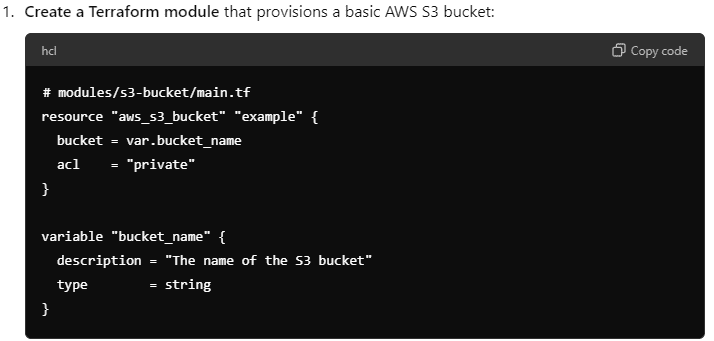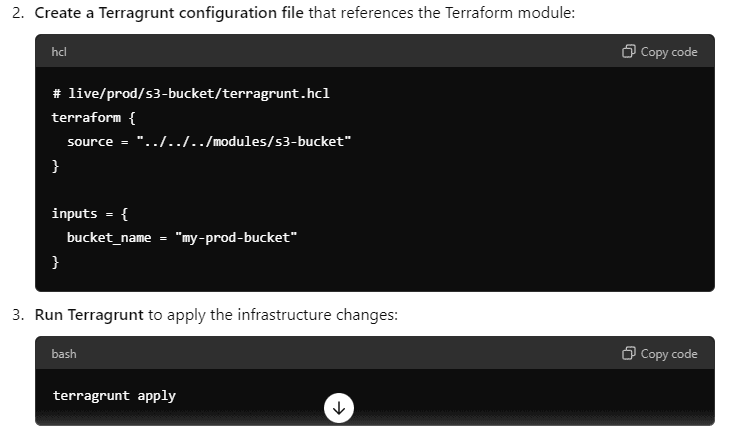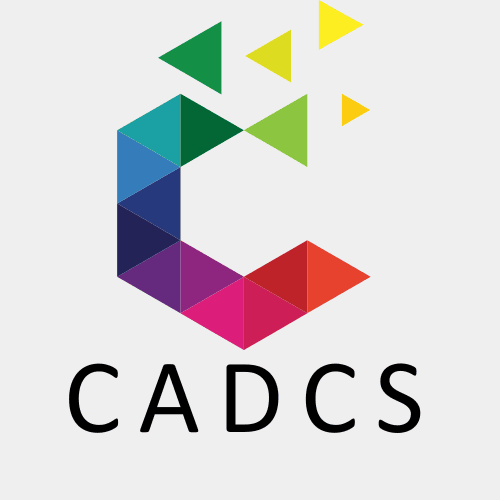Terragunt + Terraform
If you're already using Terraform to manage your infrastructure, you know its power and flexibility. However, as your infrastructure grows, so does the complexity of managing your Terraform code. That’s where Terragrunt comes in.
Terragrunt is designed to enhance and simplify your Terraform workflows. It provides a clean and organized way to handle complex infrastructure setups by offering additional features like:
Modular Code Structure: Terragrunt encourages a DRY (Don’t Repeat Yourself) approach by promoting reusable modules, making your Terraform code more maintainable.
Environment Management: With Terragrunt, managing multiple environments becomes straightforward. It helps you avoid the headaches of maintaining separate Terraform configurations for each environment.
Dependency Management: Terragrunt automatically handles dependencies between your Terraform modules, ensuring that everything is applied in the correct order.
By integrating Terragrunt into your Terraform workflows, you can reduce errors, save time, and focus on what really matters—building and maintaining a reliable infrastructure. Whether you're dealing with simple setups or complex, multi-environment architectures, Terragrunt offers the tools you need to manage your infrastructure efficiently and effectively.
Sample Code: Setting Up Terragrunt with Terraform
Here’s a simple example to illustrate how Terragrunt works with Terraform:


This example demonstrates how Terragrunt makes it easier to manage your Terraform configurations by using a consistent and modular approach. The terragrunt.hcl file encapsulates all the variables and configurations needed for the module, allowing you to maintain a clean and organized codebase.
DRY stands for "Don't Repeat Yourself." It’s a fundamental principle in software development aimed at reducing repetition of code patterns or logic. The main idea behind DRY is to consolidate and reuse code whenever possible, which leads to cleaner, more maintainable, and less error-prone codebases.
Why is DRY Important?
Maintainability: When you avoid duplicating code, you make your codebase easier to maintain. If a certain logic needs to be updated, you only need to change it in one place, rather than hunting down and updating every instance where the logic was copied.
Readability: DRY code is often more readable because it reduces clutter. By abstracting repeated logic into functions, modules, or classes, the overall code becomes more concise and easier to understand.
Reducing Errors: Repeating code increases the risk of introducing errors. If you have the same piece of code in multiple places, you might accidentally introduce inconsistencies. With DRY, you centralize logic, minimizing the chance of mistakes.
How DRY Applies to Terraform and Terragrunt
In the context of Terraform and Terragrunt:
Terraform Modules: By using Terraform modules, you can avoid writing the same infrastructure code repeatedly. For example, if you need to create multiple S3 buckets in different environments, you can write the S3 bucket configuration once as a module and reuse it across all environments.
Terragrunt: Terragrunt builds on the DRY principle by enabling you to manage infrastructure in a more modular and organized way. With Terragrunt, you can define common configurations, such as backend setups and input variables, in a single place and reuse them across multiple environments or projects. This reduces duplication and makes your infrastructure code easier to manage.


